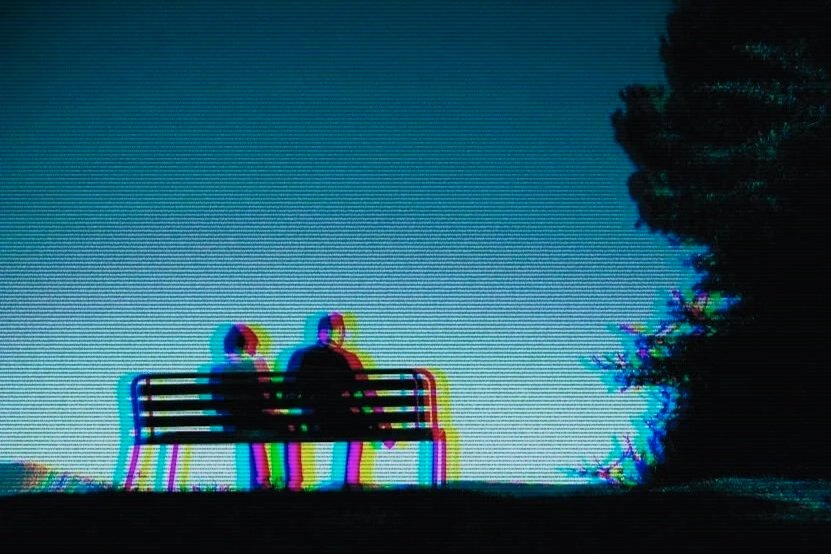The Pursuer–Distancer Dynamic: When Intimacy and Distance Collide
In every relationship, there is a subtle (and at times not that subtle) negotiation between closeness and distance, longing and withdrawal. Sometimes that negotiation becomes a cycle: one partner reaches for connection while the other retreats, only to have the reversal occur moments later. This pursuer–distancer dynamic can feel deeply painful and confusing: one person feels perpetually dismissed or unseen, while the other feels intruded upon or smothered.
Though this dance may look like a matter of mismatched needs, it is often something more complex: an unconscious enactment of each person’s early relational world. Relationship therapy can help illuminate this unseen choreography, where attachment meets defense, and where the wish to love is entwined with the fear of being hurt, engulfed, or abandoned.
Beneath the Dance
Attachment theory gives us a useful vocabulary for describing this pattern: pursuers often embody an anxious attachment style, while distancers tend toward dismissive strategies. However, the apparent simplicity of labels can hide the complexity of the intrapsychic dramas that give rise to them, so it is useful to go beyond labels and categories.
The pursuer’s intensity is rarely only about the present partner; it may express an old yearning to stabilize a caregiver’s presence, an unconscious effort to ensure that love will not suddenly disappear. The distancer’s withdrawal, meanwhile, may serve as a defense against being overtaken by another’s needs, echoing early experiences in which closeness felt invasive or engulfing.
From this perspective, each person’s behavior functions as an unconscious signal, a way of managing the internal tension between desire and self-protection. The pursuer’s reach can awaken in the other an old terror of losing autonomy; the distancer’s retreat can evoke in the pursuer a familiar dread of abandonment. In this sense, both are not simply reacting to each other but to what psychoanalysts have called “internal objects,” the deeply inscribed images and emotional expectations of early relationships that continue to shape how love feels and how safety is secured.
The Unconscious Dialogue
Every relationship operates within a web of unconscious communication. When partners fall into the pursuer–distancer rhythm, they are often expressing not just conflict but complementarity: each is living out one pole of a shared psychic field. The more one flees, the more the other pursues, and vice versa.
These are not random behaviors but repetitions, re-enactments of earlier patterns in which proximity and separation carried emotional danger. These enactments serve as both protection and communication. They reveal the psychic compromises each person has made to preserve attachment in the face of loss, inconsistency, or intrusion.
Seen this way, the pursuer–distancer pattern is not a failure of love but a testimony to its complexity: two unconscious systems trying, in their own ways, to negotiate safety in the presence of another.
How Relationship Therapy Helps
A psychoanalytically informed approach to relationship therapy, whether it is done individually or in couples or other configurations, does not simply aim to stop the pattern; it helps partners understand what the pattern is doing for them. The work involves slowing down the dance so that what is enacted can begin to be spoken. As partners learn to recognize their habitual positions, they can begin to encounter the fears, fantasies, and identifications that sustain those roles.
For the pursuer, therapy may uncover the underlying dread that love will vanish unless constantly confirmed, a fear rooted in early experiences of inconsistency or loss. For the distancer, therapy may help articulate the anxiety that intimacy will erase the boundaries of self. By holding both partners’ internal worlds within a shared analytic space, the relationship therapist becomes a kind of third presence, an observing other who helps translate action into meaning and conflict into dialogue.
Over time, the couple can develop a more nuanced tolerance for difference and closeness alike. They begin to discover that intimacy need not mean engulfment, and autonomy need not require withdrawal. In this way, the work of relationship therapy becomes not only about improving communication, but about deepening each person’s capacity to love without losing themselves.
The pursuer–distancer cycle is one of the most common patterns seen in relationship therapy, yet its roots are as individual as the people within it. When we stop seeing it as a battle of wills and begin to understand it as a conversation between two unconscious histories, something softens.
The cycle becomes an invitation to explore how each partner’s way of loving carries the trace of earlier attachment, longing, and defenses. Through therapy, partners can learn not to eradicate this rhythm but to stay with it consciously, allowing closeness and distance to become movements in a shared emotional field rather than a war between competing needs. If you would like to embark on this path towards understanding and recognition of your own patterns and possibilities, don’t hesitate to contact us today to work with one of our relationship therapists.
*********
Photo credit: Giancarlo Corti

